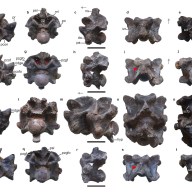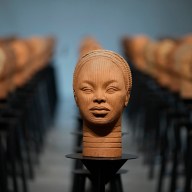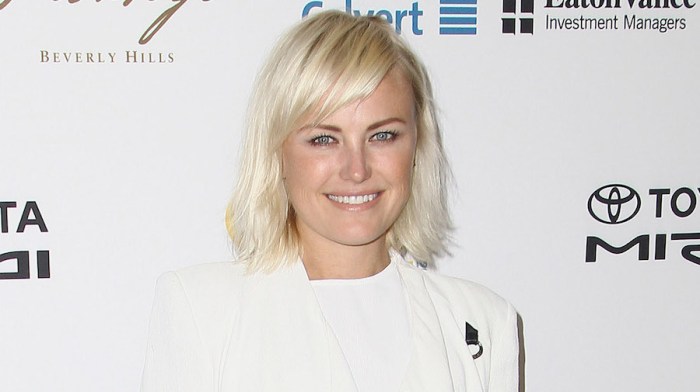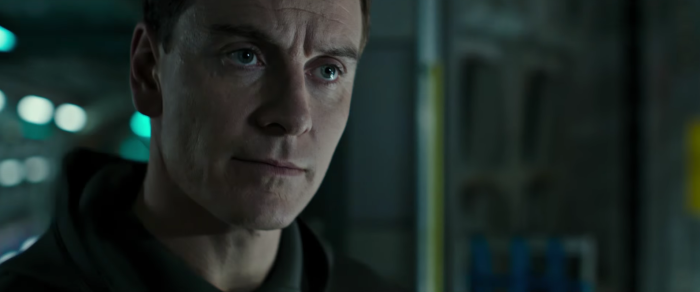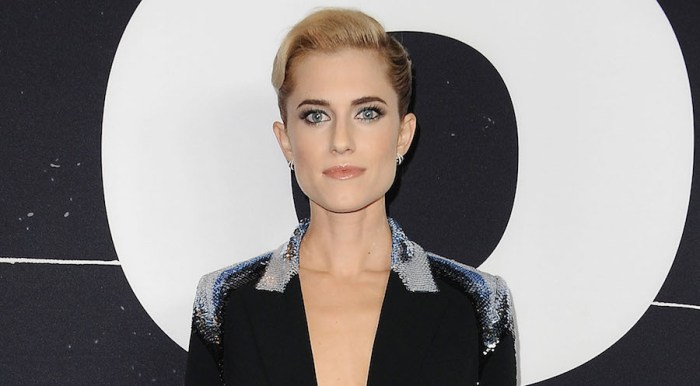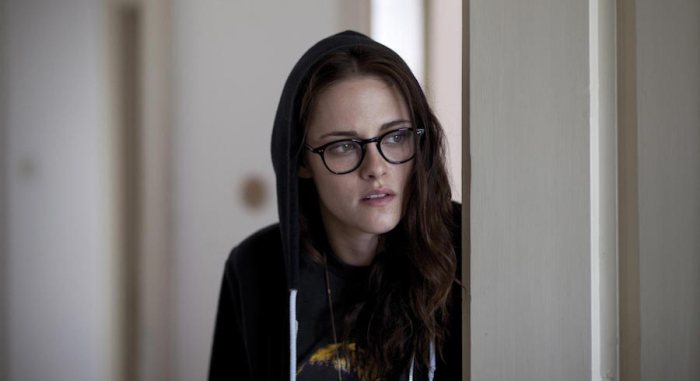It began as a fever dream: Alexander Olch wanted to build his own movie theater in New York. It would show films new, old and alternative, most of them on 35mm film, not digital. It would be more than that, though. It would be a place for filmmakers and moviegoers to meet up. There would be a restaurant, a bookstore, a candy store. And there’d be no traditional concessions. RELATED: The Tribeca Film Festival announces the competition half of its 2016 lineup “It really is an irrational, un-thought-through idea,” Olch tells us. “But those are the strongest ideas — the ones you don’t have a solid answer for, except to say you keep staying up late at night working on it.” Olch’s dream has come true: On Friday, New York gets the Metrograph, a two-screen theater (one big, the other small). It opens in Chinatown/LES with a schedule that hits the ground running. In its opening weekend, there will be movies about movie-watching, from “The Purple Rose of Cairo” to “The Spirit of the Beehive” to the Bertie Gordy-produced ’80s behemoth “The Last Dragon.” Saturday, Noah Baumbach offers a double feature of George Miller’s great “Babe: Pig in the City” and Stanley Kubrick’s almost-as-great “Eyes Wide Shut.” RELATED: Jerry Lewis gets a meaty retro for his birthday at MoMA Around the bend are a retro of films by French New Wave legend Jean Eustache (“The Mother and the Whore”), a trio of Technicolor classics like “Vertigo,” three by documentary god Frederick Wiseman and the 10 favorite films of Rainer Werner Fassbinder. Todd Haynes’ “Carol,” only shown on DCP during its theatrical run, gets a one-night 35mm screening. The Metrograph joins a New York moviegoing scene that’s already rich, though according to artistic and programming director Jake Perlin, they’re not in competition with places like Anthology Film Archives, IFC Center, BAMcinematek and more. “It’s not doing something they’re not doing so much as doing something that’s ours, our sensibility,” Perlin says.
RELATED: Geek Girl in Hollywood: It was great that the Oscars got serious “All of us at Metrograph are part of the same generation,” says Olch, also a filmmaker who made the 2008 doc, “The Windmill Movie.” “Jake’s programming speaks to a new generation in what he and we consider to be a canon of films that would probably not be considered a great canon 20 years ago.” They were raised on the stone cold classics, like “The Third Man” and “The Magnificent Ambersons,” and have moved on to find new loves. “Greatness in cinema is not a narrow idea,” Olch adds.
Perlin says they don’t overthink what they program. “It’s not like, ‘Let’s mix up high and low.’ It’s just what we like, and do we think other people will like it. We’re just following our interests,” he says. He wants to show things people haven’t seen before. “That could be something rare, meaning something that people have literally never seen before. Or it could mean ‘Singin’ in the Rain.’ There’s a lot of people who’ve never seen that movie projected before.” The Metrograph’s commitment to showing 35mm as often as possible does make it more challenging than if they mostly went with DCP, as almost every mainstream theater has. It’s not as easy tracking down prints, in a time when many studios and distributors are less willing to rent them out. “That just means that the places that are willing to loan them, you just go deeper into what they have to offer,” Perlin says. That means unearthing films that have rarely, if ever, been shown, while encouraging places that still make 35mm prints to keep doing them. After all, they now have an outlet. “Long as they keep doing the work, we want to keep showing them.” RELATED: The most fascinating things Michael Mann said during his career-spanning talk at BAM To Perlin, projecting on 35mm isn’t about sentimentality or nostalgia. “If I look at them next to each other, I prefer the look of 35mm. It’s richer, and it looks better to me. All DCPs are not of equal quality. You don’t know what you’re getting. With a print, it could be beat up, it could be faded. But you get a better sense of what you’re getting.” Olch doesn’t want the Metrograph to be only be about watching movies. The restaurant — called the “Commissary,” after the cafeteria from old movie studios, with a menu that replicates the high-end but simple meals movie stars and crew ate together — won’t open for a bit yet, but it will serve breakfast, lunch and dinner. The candy store features 141 items from all over the world (“All the things we wish we could eat during a movie,” he says). He wants it to be a place for rough cut screenings and meetings. And it’s in Chinatown/LES, a part of Manhattan he considers the most exciting right now. (Mission Chinese, among other restaurants and shops, is right around the corner.) “It’s a place you would come to even if you’re not going to see a movie,” Olch says. “It’s a place that exists in the community.”
The Metrograph gifts New York with a new, exciting movie theater
The Metrograph will open on Fri., Mar. 4 at 7 Ludlow St. in Manhattan. Visit its beautiful website for the list of screenings, tickets and more.
Follow Matt Prigge on Twitter @mattprigge






